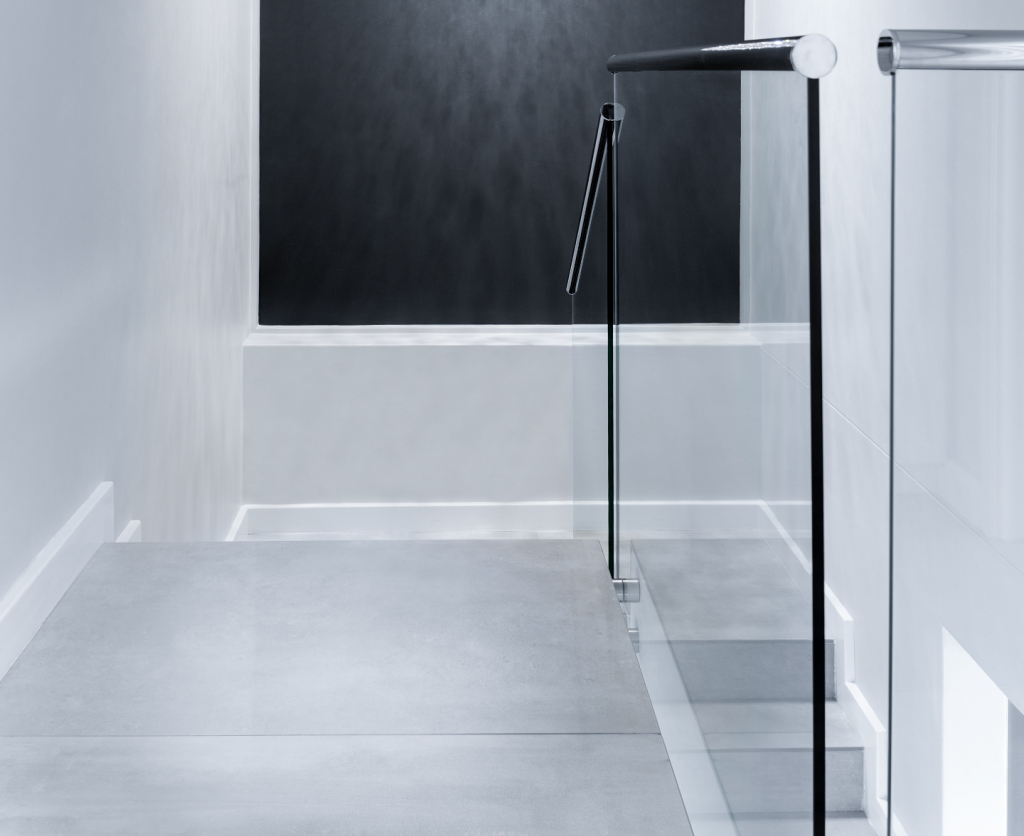The difference between toughened and laminated glass
21st December 2018
Both toughened glass and laminated glass are popular for a variety of reasons. These specially modified and treated materials offer a wealth of options when it comes to either a commercial or domestic application.
However, there is often confusion between the two, with people unsure what the different applications are and what the physical differences are when it comes to the pros and cons for toughened or laminated glass. This month, we’ll be talking you through the two types to get you up to speed.
What is toughened glass?
This style of glass can often be referred to as “tempered” which is derived from the fact that it is heated to roughly 650℃, only to be swiftly cooled again. It is this process which directly impacts the strength of the glass, providing up to five times the ordinary strength of glass.
Both the thermal strength and shock-resistance are increased with this process of toughening applied. A resilient material, it cannot be cut again once it has been toughened, this means the size and shape should be decided prior to treatment.
When shattered, toughened glass breaks into very small pieces with blunt edges. This makes it a safer style of glass when damaged.
What is toughened glass used for?
There are numerous usages for toughened glass, including the following:
Domestic:
- Worktops
- Greenhouses
- Shower screens
- Splashbacks
- Tabletops
Commercial:
- Glass Shelves
- Partition Walls
- Balustrades/Balconies
What is laminated glass?
Laminated glass is essentially two planes of glass with a plastic pane sandwiched between them, creating a thicker pane overall. The interlayer is a made from a toughened resin, not for strength, but for safety, since the interlayer holds shards together if the glass is broken. The layer in between the two panes does not adversely impact visibility through it but must meet the EN ISO 12543 specifications.
What is laminated glass used for?
There are numerous usages for laminated glass, including the following:
Domestic:
- Shower screens
- Windscreens
- Doors
Commercial:
- Shopfronts
- Security screens
- Shelving
- Partition walls
What is the difference between toughened and laminated glass?
The key difference between toughened and laminated glass is that toughened glass is better at absorbing impact and external stress, as well as holding strong in varying temperatures. Laminated glass, on the other hand, is thicker than toughened glass provides insulation as well as some protection from shock or damage. Laminated glass is the heavier of the two glass types, and can also be more expensive – two key things to factor in when choosing your glass.
If you’re still unsure which type of glass you’d like for your site, simply get in touch with our expert team at City Glass & Windows Manchester. We’re always happy to help, providing advice tailored to your requirements.
This entry was posted in Glazing & Glass. Bookmark the permalink. ← Signs it could be time to replace your windows Glass Items for your Home →








